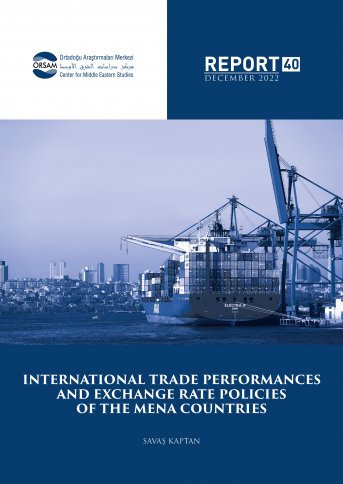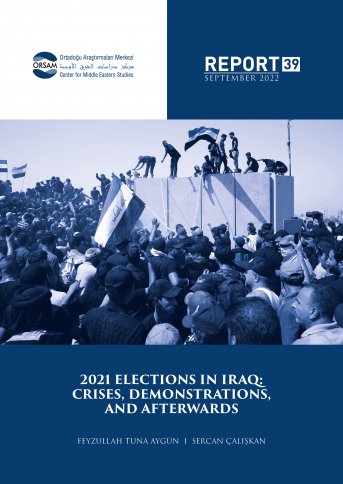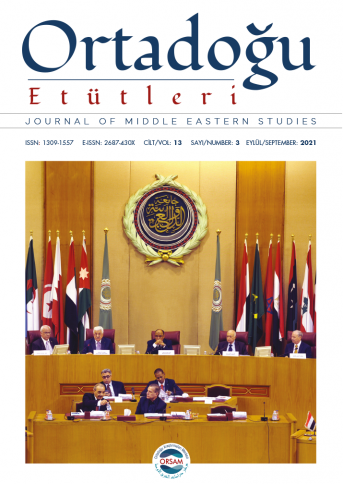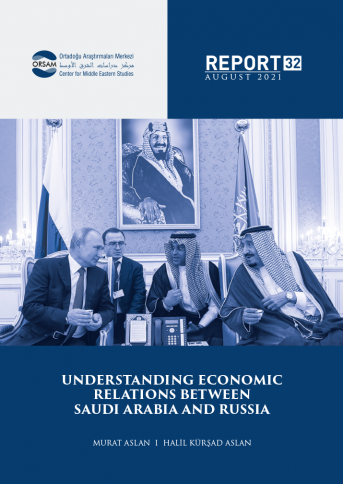
International Trade Performances and Exchange Rate Policies of the MENA Countries
Introduction
Besides too many political problems in the MENA region, many economic issues affect the region’s stability remarkably. The trade deficit problem is one of these economic issues. When we exclude petroleum exports, almost all the countries in the region have a deficit; in other words, they import more than their exports, and they commonly struggle to find foreign funds to finance this deficit. Because many countries in the region have big political crises and domestic wars like those in Syria, Yemen, Palestine, etc., which substantially affect almost all the economies in the region. Besides these politically unstable countries, there are others with chronic economic and financial problems, which create region-wide economic instabilities. These political and economic instabilities directly reduce the credibility and damage the financial soundness of the MENA economies. Consequently, this economic and political structure diminishes foreign investments and capital inflows, which makes financing the trade deficit highly difficult.
This deficit-financing problem frequently creates currency shocks, which cause substantial damage to these economies by causing a balance of payments crisis. When the current account balance reaches a high level, the need for foreign currency rises and the exchange rate goes up, which directly increases the debt-paying ability of companies and the government. This, in turn, deteriorates the expectations of foreign investors about the country, and companies are unable to find enough foreign currency to pay import bills, which results in a balance of payment crisis. Of the region's economies, Lebanon recently faced the same type of crisis. The country reached a record level of current account deficit, which is 25 percent of its gross domestic product (GDP). The balance of payment crisis occurred, and the country faced a sovereign default in March 2020.
Furthermore, sudden shocks in the exchange rate deriving from uncontrollable trade deficits considerably damage the pricing behavior of firms and households and cause a chronic inflation problem that is highly common in the region. Especially, the regional economies having an import-dependent structure, struggle to stabilize inflation since the prices directly go up as the domestic currency loses substantial value with the sudden shocks in the currency markets. As these shocks happen frequently, the price increases become permanent, and a chronic inflation problem occurs. Türkiye's economy is currently facing this problem as a result of its current account deficit problem ongoing for decades.
Besides these problems, if the region's economies do not control international trade, they will face structural economic problems in the future. A negative trade balance means higher demand for foreign goods and services relative to domestic goods and services. Therefore, the domestic industry lost revenue, and the production declined as the demand went to foreign production. This causes permanent damage to the domestic industry and lowers the long-run economic growth of the country. There are studies in the literature proving this relationship between exports and economic growth.
To overcome these economic and financial problems, reducing the trade deficit is important. In the literature on this topic, many studies reveal that an overvalued domestic currency raises the trade deficit and an undervalued currency lowers it. In parallel to this literature, we analyzed a sample of regional economies in terms of their trade balances and exchange rates and found that their trade balances improve as their currencies lose value against the reserve currency, the USD.
In this report, we made a historical and technical analysis showing the relationship between trade balances and exchange rates of the region's economies. We used graphical analysis to examine the movements in exchange rates and trade balances to find out how much their currencies affect their trade balances. Based upon the literature and our analysis, we undoubtedly suggested that the region's countries should implement controlled exchange rate devaluation policies to limit imports of foreign goods and services, and increase exports to reduce trade deficits, avoid sudden shocks in the currency, and support the domestic industry. In addition to the exchange rate policy suggestion, we also proposed critical fiscal policy actions supporting the domestic industry and helping the region's economies narrow their trade deficits.
In the report, we first examine the region's trade deficit problem, which includes almost all of the countries of the region. Both recent and historical developments are considered. After that, we make a detailed technical analysis, covering a selected sample of MENA countries consisting of Algeria, Saudi Arabia, Egypt, Lebanon, Türkiye, and Morocco. The reason for selecting these countries is data availability, which is a big problem for the region's economies. Some of the MENA countries do not have enough exchange rate statistics to make a comprehensive analysis.




